Discover BirdNote Daily
BirdNote Daily

1622 Episodes
Reverse
While full-speed-ahead birding can mean spotting a large number of species, there's quiet joy in stand-still birding. Pick a place-forest, field, or marsh. Find a seat that's dry, and hold your binoculars to your eyes. Be still and blend in. After perhaps 20 minutes, birds accept you as part of the landscape and go back to the business of being birds. You might even see a bird like this female Anna's Hummingbird fly to her secret nest.More info and transcript at BirdNote.org.Want more BirdNote? Subscribe to our weekly newsletter. Sign up for BirdNote+ to get ad-free listening and other perks. BirdNote is a nonprofit. Your tax-deductible gift makes these shows possible. Hosted by Simplecast, an AdsWizz company. See pcm.adswizz.com for information about our collection and use of personal data for advertising.
At first glance, many of the sparrows in North America look pretty much the same: like small, drab-colored songbirds hanging out on the ground. But these “little brown jobs” can be fun to identify if you know what field marks to look for!More info and transcript at BirdNote.org.Want more BirdNote? Subscribe to our weekly newsletter. Sign up for BirdNote+ to get ad-free listening and other perks. BirdNote is a nonprofit. Your tax-deductible gift makes these shows possible. Hosted by Simplecast, an AdsWizz company. See pcm.adswizz.com for information about our collection and use of personal data for advertising.
Aleutian Cackling Geese, which have a slighter build and shorter beak than Canada Geese, build their nests on a chain of islands off the western coast of Alaska. In the 1700s, fur traders introduced foxes to the islands, nearly wiping out the geese. For decades, they were believed to be extinct. But in the 1960s, a biologist discovered about 300 birds nesting on Buldir Island. Habitat protections have allowed their populations to recover.More info and transcript at BirdNote.org.Want more BirdNote? Subscribe to our weekly newsletter. Sign up for BirdNote+ to get ad-free listening and other perks. BirdNote is a nonprofit. Your tax-deductible gift makes these shows possible. Hosted by Simplecast, an AdsWizz company. See pcm.adswizz.com for information about our collection and use of personal data for advertising.
In some years, tawny-colored thrushes called Veeries cut their breeding season short. Researchers discovered that Veeries tend to stop breeding early in the same years that the Atlantic hurricane season is particularly severe. Surprisingly, Veeries are sometimes better at predicting hurricane conditions than computer models! Despite their forecasting prowess, though, Veeries are vulnerable to climate change.More info and transcript at BirdNote.org.Want more BirdNote? Subscribe to our weekly newsletter. Sign up for BirdNote+ to get ad-free listening and other perks. BirdNote is a nonprofit. Your tax-deductible gift makes these shows possible. Hosted by Simplecast, an AdsWizz company. See pcm.adswizz.com for information about our collection and use of personal data for advertising.
Owls have a reputation for hooting and hunting at night. But when you take a look – and listen – to the 19 species that live in the U.S. and Canada, it’s clear that these raptors defy stereotypes.More info and transcript at BirdNote.org.Want more BirdNote? Subscribe to our weekly newsletter. Sign up for BirdNote+ to get ad-free listening and other perks. BirdNote is a nonprofit. Your tax-deductible gift makes these shows possible. Hosted by Simplecast, an AdsWizz company. See pcm.adswizz.com for information about our collection and use of personal data for advertising.
Bird feeders and birdbaths are great ways to attract birds to your yard, but they aren’t the only ways to entice our feathered friends. Planting an area densely with native shrubs, trees, and other vegetation can create a natural look that some birds are more likely to feel at home in because it resembles their native habitat. Shy singers, like the Fox Sparrow or Veery, will repay you with their beautiful songs.More info and transcript at BirdNote.org.Want more BirdNote? Subscribe to our weekly newsletter. Sign up for BirdNote+ to get ad-free listening and other perks. BirdNote is a nonprofit. Your tax-deductible gift makes these shows possible. Hosted by Simplecast, an AdsWizz company. See pcm.adswizz.com for information about our collection and use of personal data for advertising.
In the center of Oakland, California, is Lake Merritt. People row in it, picnic and jog around it, and it's a place of respite within the city. And it hosts waterbirds such as ducks, geese, egrets, pelicans, cormorants, and coots. A beautifully illustrated field guide by Alex Harris, Birds of Lake Merritt, describes the birds found around the waters of Lake Merritt, its history since the Ohlone peoples have populated it, all the way till today.More info and transcript at BirdNote.org.Want more BirdNote? Subscribe to our weekly newsletter. Sign up for BirdNote+ to get ad-free listening and other perks. BirdNote is a nonprofit. Your tax-deductible gift makes these shows possible. Hosted by Simplecast, an AdsWizz company. See pcm.adswizz.com for information about our collection and use of personal data for advertising.
Kelsey Leonard is a leading scholar in Indigenous water governance, climate justice, and Earth law. In the latest season of Bring Birds Back, Kelsey explores the storied relationship between Indigenous people, wetlands, and birds. Kelsey says waterfowl hunters have helped to document that natural history. In many Indigenous hunting traditions, duck decoys are crafted to look so life-like that they can lure free-flying ducks to wetlands where hunters lie in wait. Some of the decoys carved at Shinnecock are more than 100 years old and depict species that are no longer found on Long Island. Listen to the full conversation in our episode about Indigenous Water Justice in season 7 of Bring Birds Back! More info and transcript at BirdNote.org.Want more BirdNote? Subscribe to our weekly newsletter. Sign up for BirdNote+ to get ad-free listening and other perks. BirdNote is a nonprofit. Your tax-deductible gift makes these shows possible. Hosted by Simplecast, an AdsWizz company. See pcm.adswizz.com for information about our collection and use of personal data for advertising.
Júlia d’Oliveira is a paleoartist who brings extinct species to life in artwork. For each species she illustrates, she learns everything she can about the species to come up with a realistic portrait. Júlia hopes her paleoart offers something different from the grotesque versions of dinosaurs in movies she remembers from growing up.More info and transcript at BirdNote.org.Want more BirdNote? Subscribe to our weekly newsletter. Sign up for BirdNote+ to get ad-free listening and other perks. BirdNote is a nonprofit. Your tax-deductible gift makes these shows possible. Hosted by Simplecast, an AdsWizz company. See pcm.adswizz.com for information about our collection and use of personal data for advertising.
Most birds molt and regrow their flight or wing feathers — one at a time along each wing — to stay in prime condition for flying. But for a Wandering Albatross, with a whopping 10-to-12-foot wingspan, that’s a big job! It takes the large albatrosses a full year to molt, and they have to put off breeding until the next year. It’s one or the other. But they make the birds incredibly efficient flyers and true masters of the wind.¡Escuche este episodio en español aquí!More info and transcript at BirdNote.org.Want more BirdNote? Subscribe to our weekly newsletter. Sign up for BirdNote+ to get ad-free listening and other perks. BirdNote is a nonprofit. Your tax-deductible gift makes these shows possible. Hosted by Simplecast, an AdsWizz company. See pcm.adswizz.com for information about our collection and use of personal data for advertising.
The ability to fly seems to define birds. But there are more than 50 species of flightless birds throughout the world — from the Ostrich and Kiwi to flightless rails, ducks, and this Humboldt Penguin. Why did they evolve the inability to fly? Many dwelt on islands. Others evolved until they were huge, like the extinct 12-foot-tall Moas of New Zealand. And the penguins? Unlike most flightless birds, they still have the strong flight muscles and keeled breastbones of flying birds. They are supremely graceful flyers — but they do it under water!More info and transcript at BirdNote.org.Want more BirdNote? Subscribe to our weekly newsletter. Sign up for BirdNote+ to get ad-free listening and other perks. BirdNote is a nonprofit. Your tax-deductible gift makes these shows possible. Hosted by Simplecast, an AdsWizz company. See pcm.adswizz.com for information about our collection and use of personal data for advertising.
Kelsen Caldwell drives a bus in and around Seattle for King County Metro. As a bus driver, sometimes there’s downtime if your bus is moving too fast. What do you do with all that extra time? If you’re Kelsen, you fall in love with birds.More info and transcript at BirdNote.org.Want more BirdNote? Subscribe to our weekly newsletter. Sign up for BirdNote+ to get ad-free listening and other perks. BirdNote is a nonprofit. Your tax-deductible gift makes these shows possible. Hosted by Simplecast, an AdsWizz company. See pcm.adswizz.com for information about our collection and use of personal data for advertising.
Chickadees are tiny songbirds named for their characteristic song and there are seven species found in North America. You'll find the Black-capped Chickadee across the northern U.S. into Canada. The Carolina Chickadee holds sway in the Southeast. Hear the husky voice of a Mountain Chickadee in the Rockies. Travel to Canada for the Boreal Chickadee. This Chestnut-backed Chickadee calls the Pacific Northwest home. The Mexican Chickadee just nudges into southeast Arizona. And the Gray-headed Chickadee turns up north of the Arctic Circle. Which of these chickadees sings near you?More info and transcript at BirdNote.org.Want more BirdNote? Subscribe to our weekly newsletter. Sign up for BirdNote+ to get ad-free listening and other perks. BirdNote is a nonprofit. Your tax-deductible gift makes these shows possible. Hosted by Simplecast, an AdsWizz company. See pcm.adswizz.com for information about our collection and use of personal data for advertising.
Sapsuckers drill small holes in the bark of favored trees, then return again and again to eat the sap that flows out. And hummingbirds, kinglets, and warblers come to the sap wells to eat the insects trapped in the sap. Although a sapsucker (like this Red-breasted Sapsucker) may suck a tree's blood, so to speak, the drilling usually doesn't damage an otherwise healthy tree.More info and transcript at BirdNote.org.Want more BirdNote? Subscribe to our weekly newsletter. Sign up for BirdNote+ to get ad-free listening and other perks. BirdNote is a nonprofit. Your tax-deductible gift makes these shows possible. Hosted by Simplecast, an AdsWizz company. See pcm.adswizz.com for information about our collection and use of personal data for advertising.
Most of the bird sounds you hear on BirdNote come from the Macaulay Library, a vast collection of over one million bird calls and songs curated by the Cornell Lab of Ornithology. The library relies on both professional field recordists and dedicated volunteers to capture the sounds of birds all over the world.Support for BirdNote is provided by Marjorie and Ed Ringness from Seattle, Washington — and generous listeners around the world. More info and transcript at BirdNote.org.Want more BirdNote? Subscribe to our weekly newsletter. Sign up for BirdNote+ to get ad-free listening and other perks. BirdNote is a nonprofit. Your tax-deductible gift makes these shows possible. Hosted by Simplecast, an AdsWizz company. See pcm.adswizz.com for information about our collection and use of personal data for advertising.
Before the high-tech gadgets used to track bird migration today, there was moon-watching: a technique dreamed up in the 1940s by ornithologist George Lowery. Using telescopes pointed at the moon to see the silhouettes of migratory birds, Lowery helped show that birds regularly migrate across the Gulf of Mexico and organized the first continent-wide survey of migration in North America. Learn more about the history of bird migration research in Rebecca Heisman’s book Flight Paths: How a Passionate and Quirky Group of Pioneering Scientists Solved the Mystery of Bird Migration.More info and transcript at BirdNote.org.Want more BirdNote? Subscribe to our weekly newsletter. Sign up for BirdNote+ to get ad-free listening and other perks. BirdNote is a nonprofit. Your tax-deductible gift makes these shows possible. Hosted by Simplecast, an AdsWizz company. See pcm.adswizz.com for information about our collection and use of personal data for advertising.
Corvids, like crows and jays, are known for caching seeds instead of eating them immediately. Sometimes, those seeds take root before the birds return. Mario Pesendorfer, a forest and behavioral ecologist at BOKU in Vienna, says that’s what happened on Santa Cruz Island in southern California. It’s part of Channel Islands National Park where native shrub oak habitats were largely decimated by grazing livestock. After these animals were removed in the 80s and 90s, Santa Cruz Island regained vegetation faster than its neighbors — thanks to seed-dispersing Island Scrub-Jays! It’s just one example of how birds could help restoration ecologists regrow forests around the world. Learn more about restoration ecology in the latest season of Bring Birds Back!More info and transcript at BirdNote.org.Want more BirdNote? Subscribe to our weekly newsletter. Sign up for BirdNote+ to get ad-free listening and other perks. BirdNote is a nonprofit. Your tax-deductible gift makes these shows possible. Hosted by Simplecast, an AdsWizz company. See pcm.adswizz.com for information about our collection and use of personal data for advertising.
The stars appear to rotate in the sky, raising the question of how birds can use stars to navigate during migration. Ornithologist Stephen Emlen brought Indigo Buntings to a planetarium, tracking their movements as the simulated night sky changed above them. The buntings oriented themselves using star patterns that appear to rotate the least — especially the North Star, Ursa Major and Cassiopeia.More info and transcript at BirdNote.org.Want more BirdNote? Subscribe to our weekly newsletter. Sign up for BirdNote+ to get ad-free listening and other perks. BirdNote is a nonprofit. Your tax-deductible gift makes these shows possible. Hosted by Simplecast, an AdsWizz company. See pcm.adswizz.com for information about our collection and use of personal data for advertising.
Today is the Autumnal Equinox, when the sun crosses the equator and day and night are of approximately equal length across the globe. In her poem ‘Utsuroi’, writer Lee Ann Roripaugh reflects on how, as the days grow shorter, the remaining light feels that much more beautiful.More info and transcript at BirdNote.org.Want more BirdNote? Subscribe to our weekly newsletter. Sign up for BirdNote+ to get ad-free listening and other perks. BirdNote is a nonprofit. Your tax-deductible gift makes these shows possible. Hosted by Simplecast, an AdsWizz company. See pcm.adswizz.com for information about our collection and use of personal data for advertising.
Nature educator Johanne Ryan shares her observations of Southern Lapwings, shorebirds that make their nests on the ground in open areas and vigorously defend them. If a potential predator approaches, the parent will sound a piercing alarm call. If that doesn’t work, the lapwing will charge the opponent, using a secret weapon – sharp, bony spurs on the bird’s “wrists.”More info and transcript at BirdNote.org.Want more BirdNote? Subscribe to our weekly newsletter. Sign up for BirdNote+ to get ad-free listening and other perks. BirdNote is a nonprofit. Your tax-deductible gift makes these shows possible. Hosted by Simplecast, an AdsWizz company. See pcm.adswizz.com for information about our collection and use of personal data for advertising.


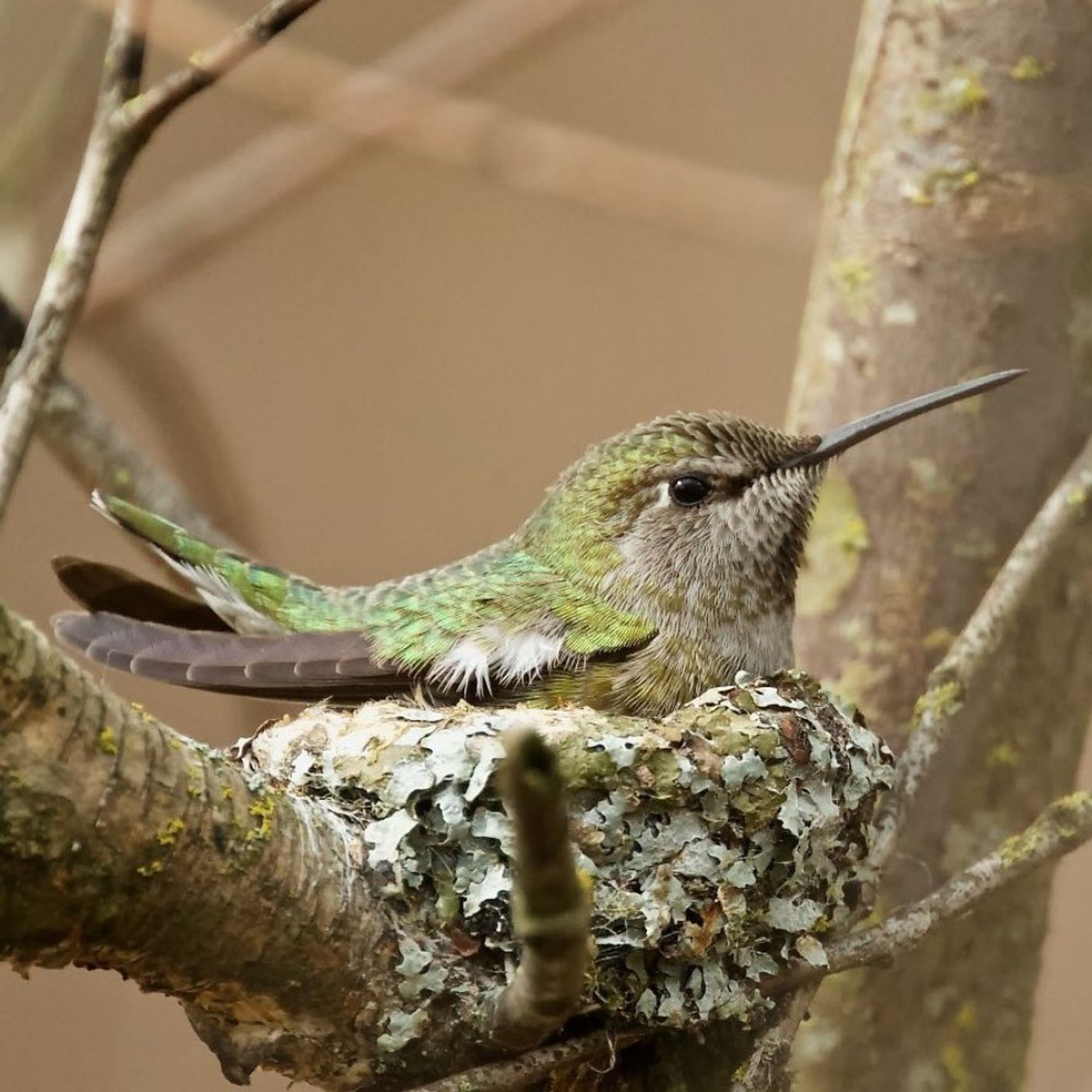
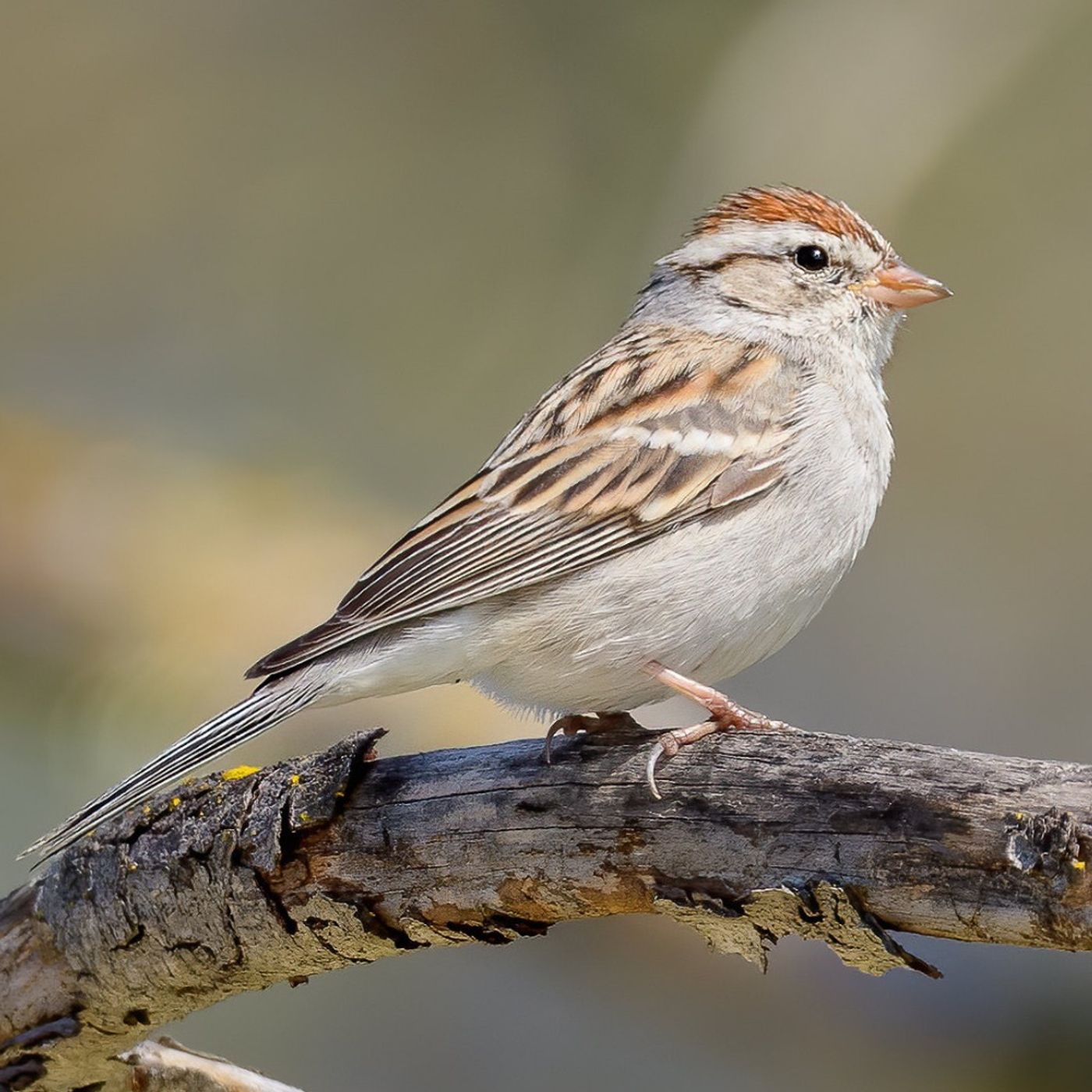
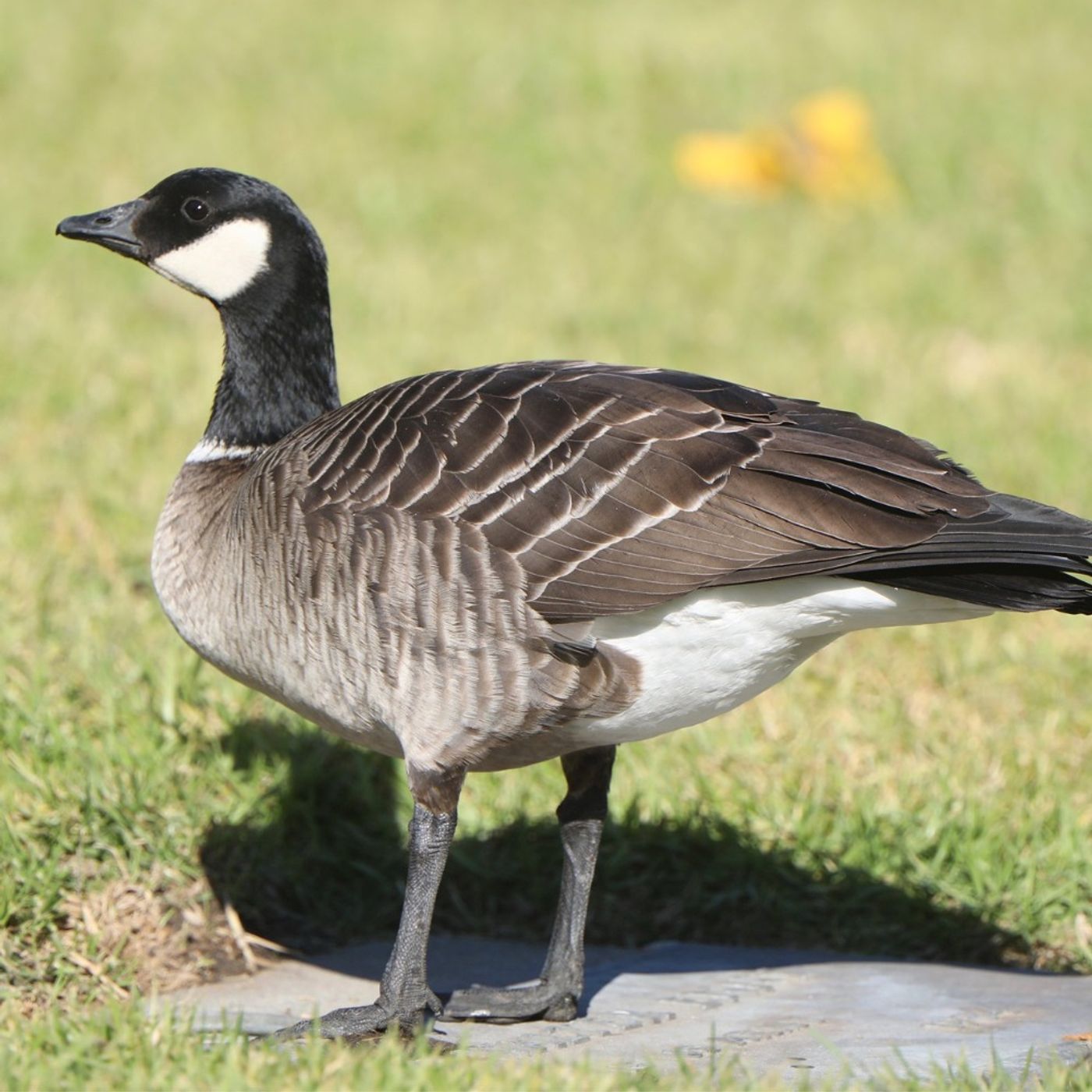
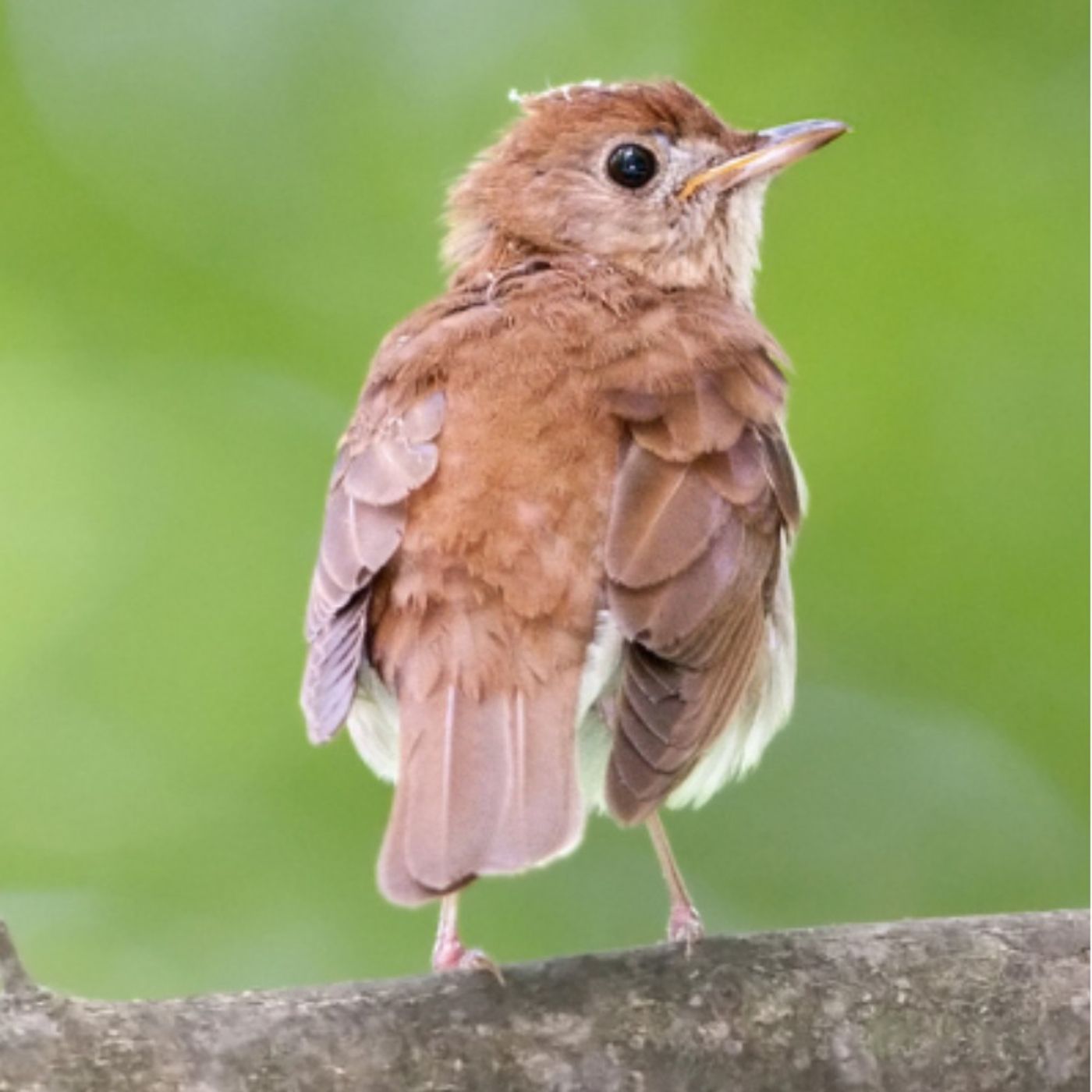
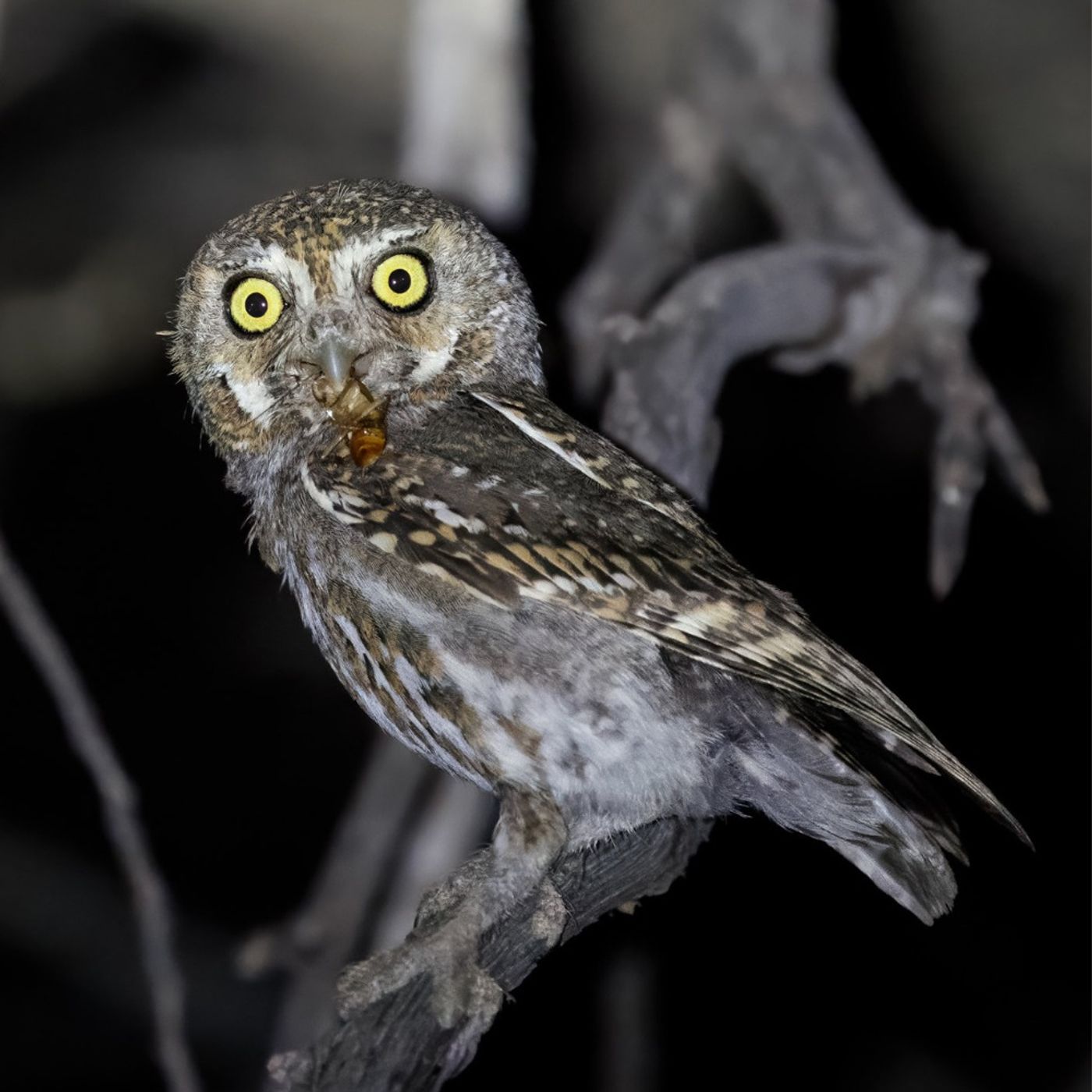
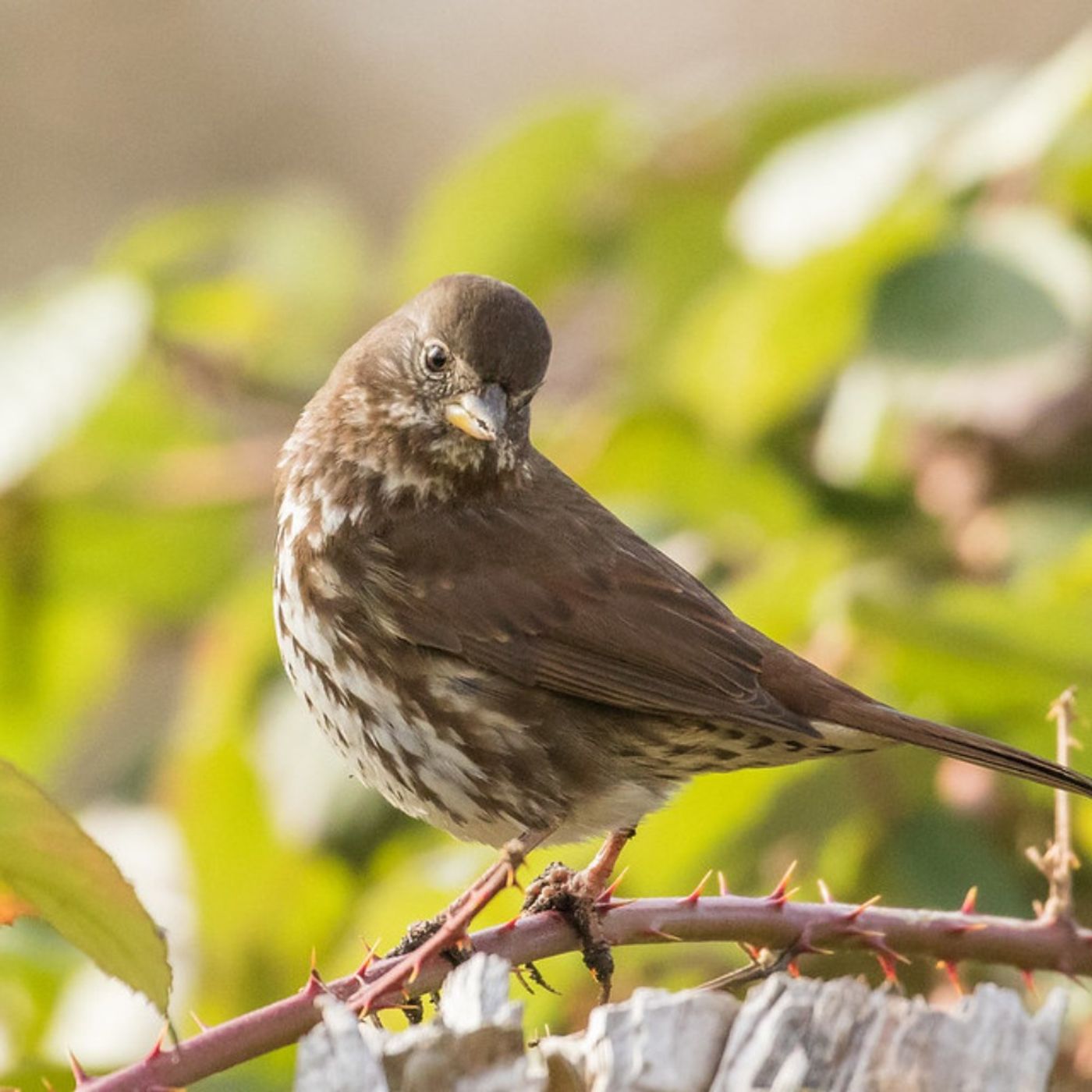
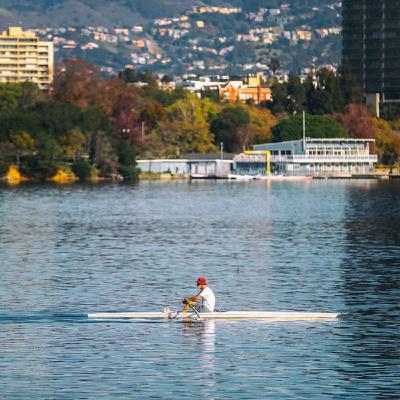
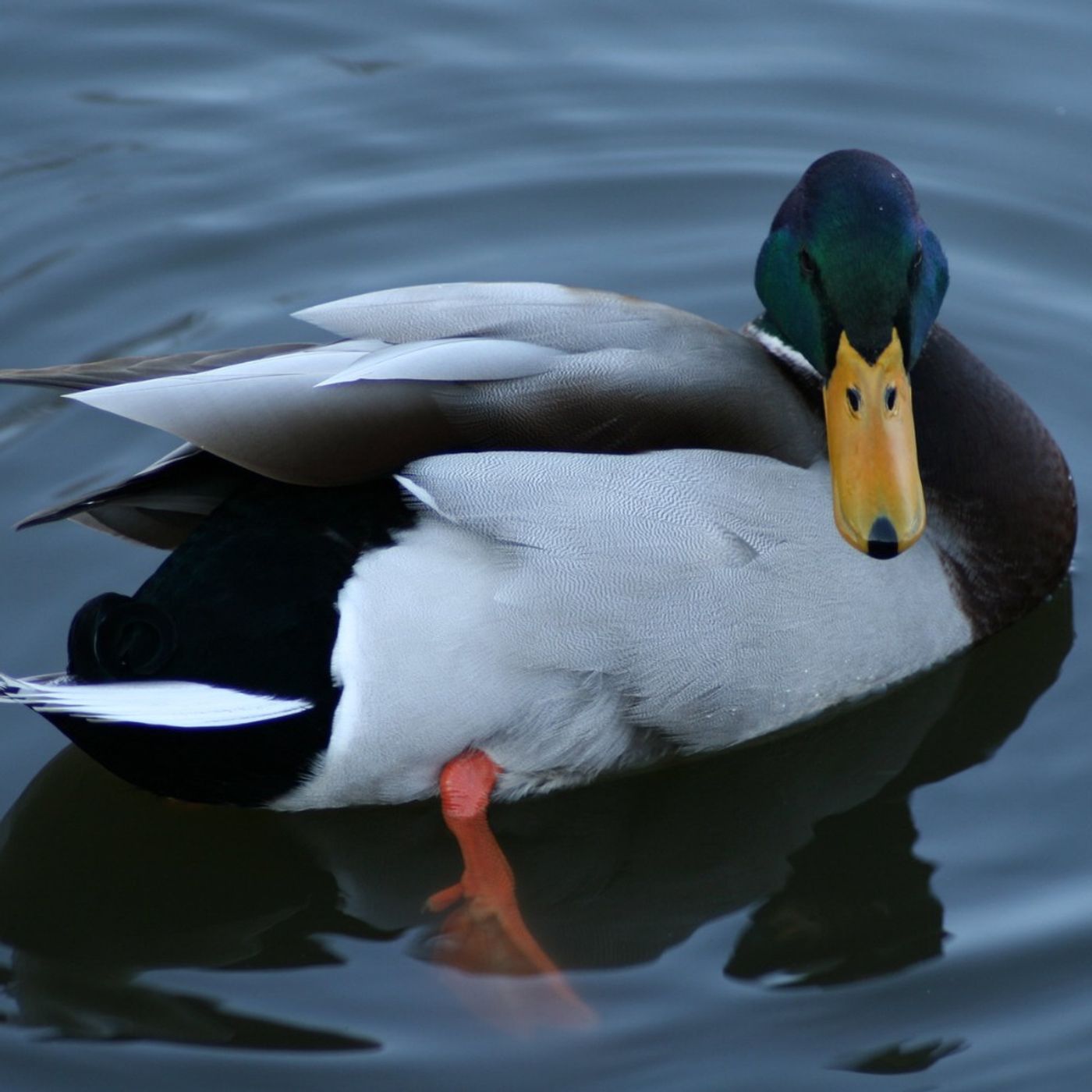
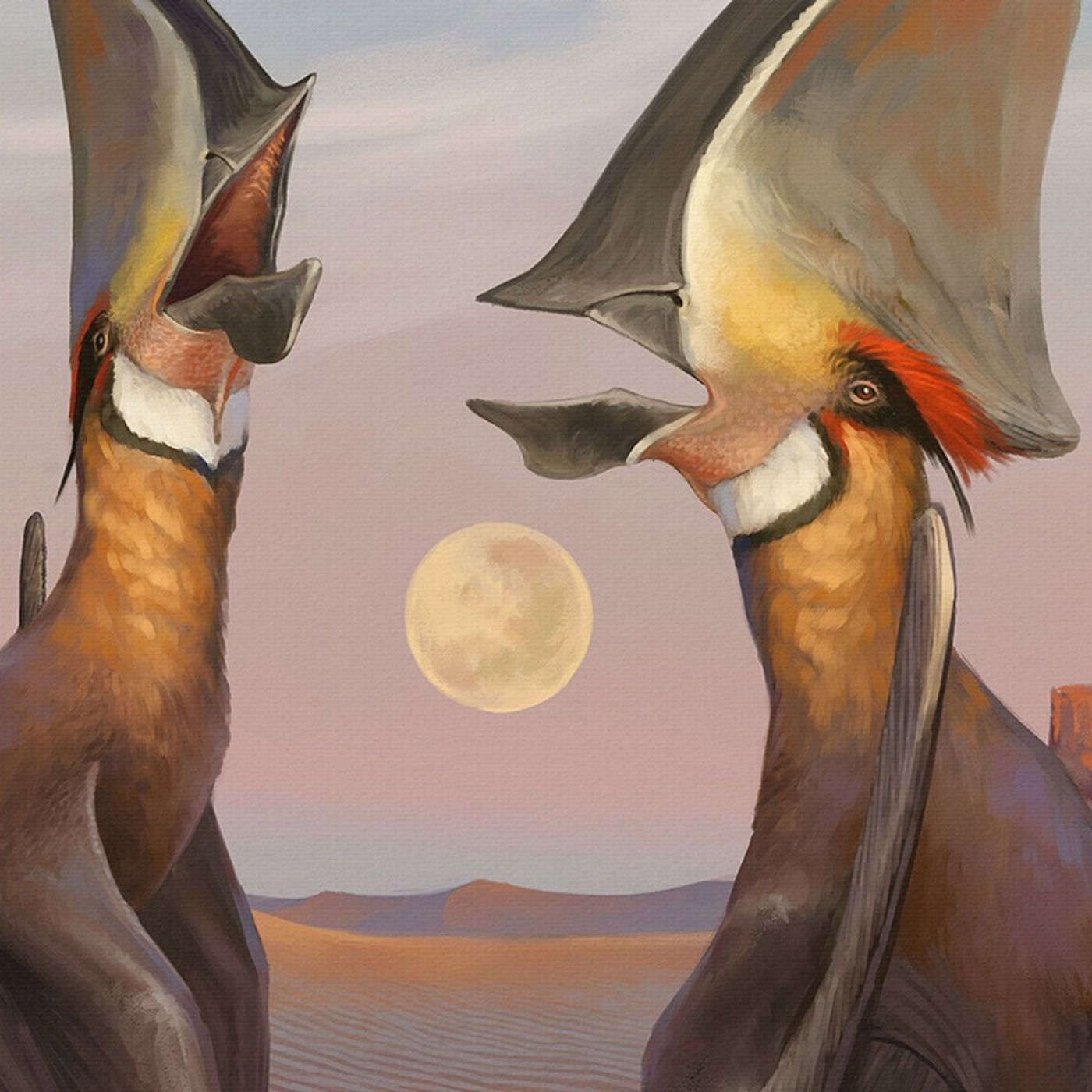
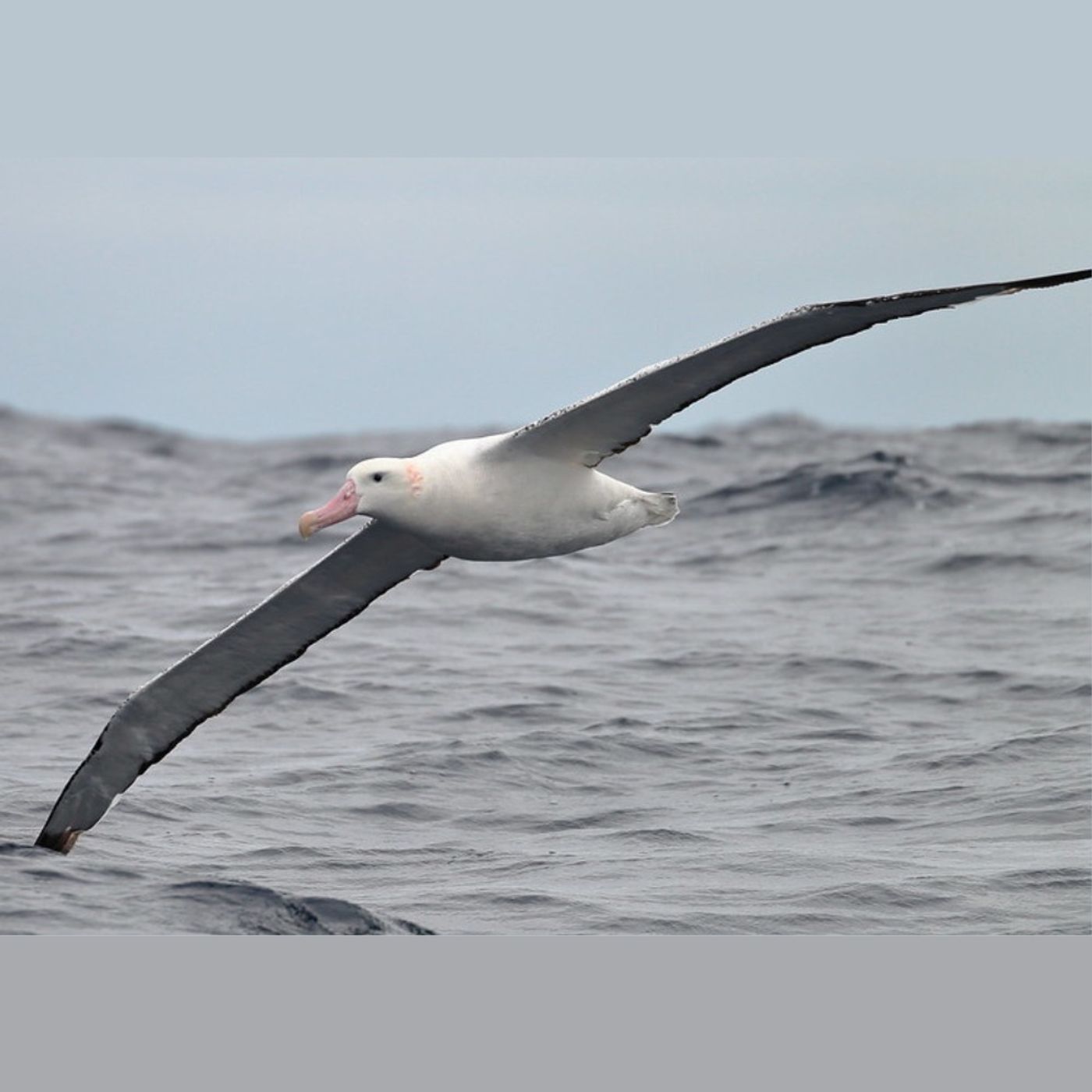
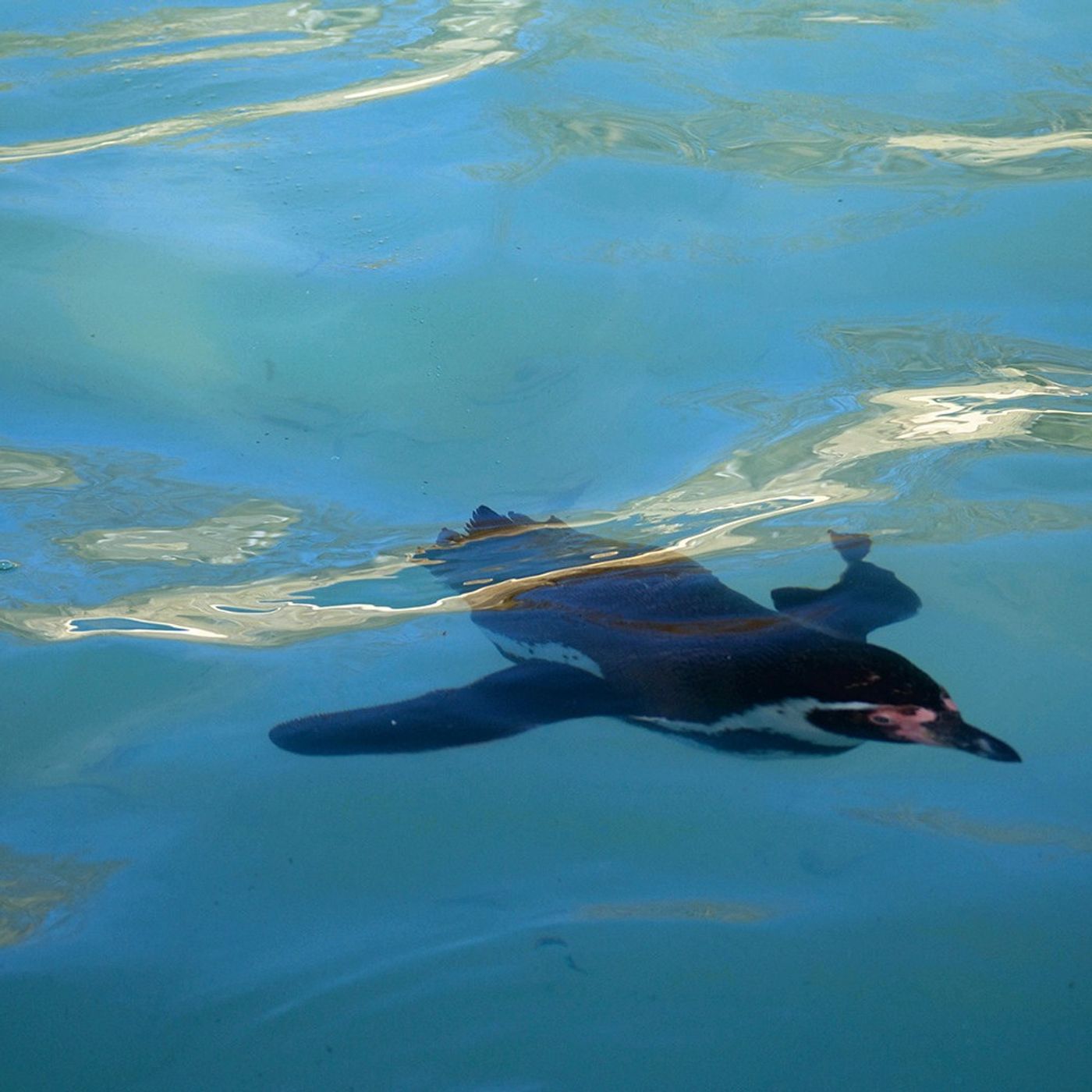
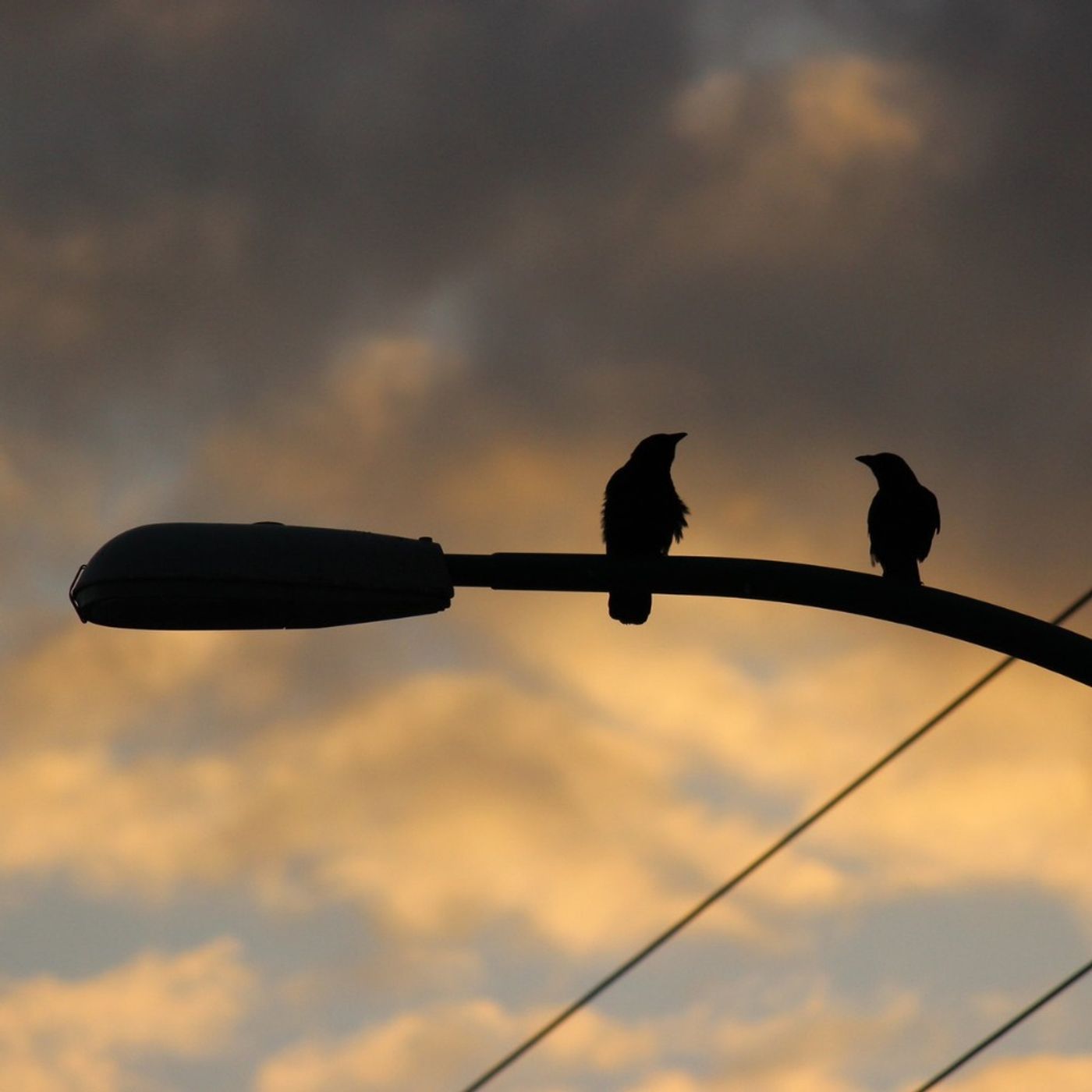
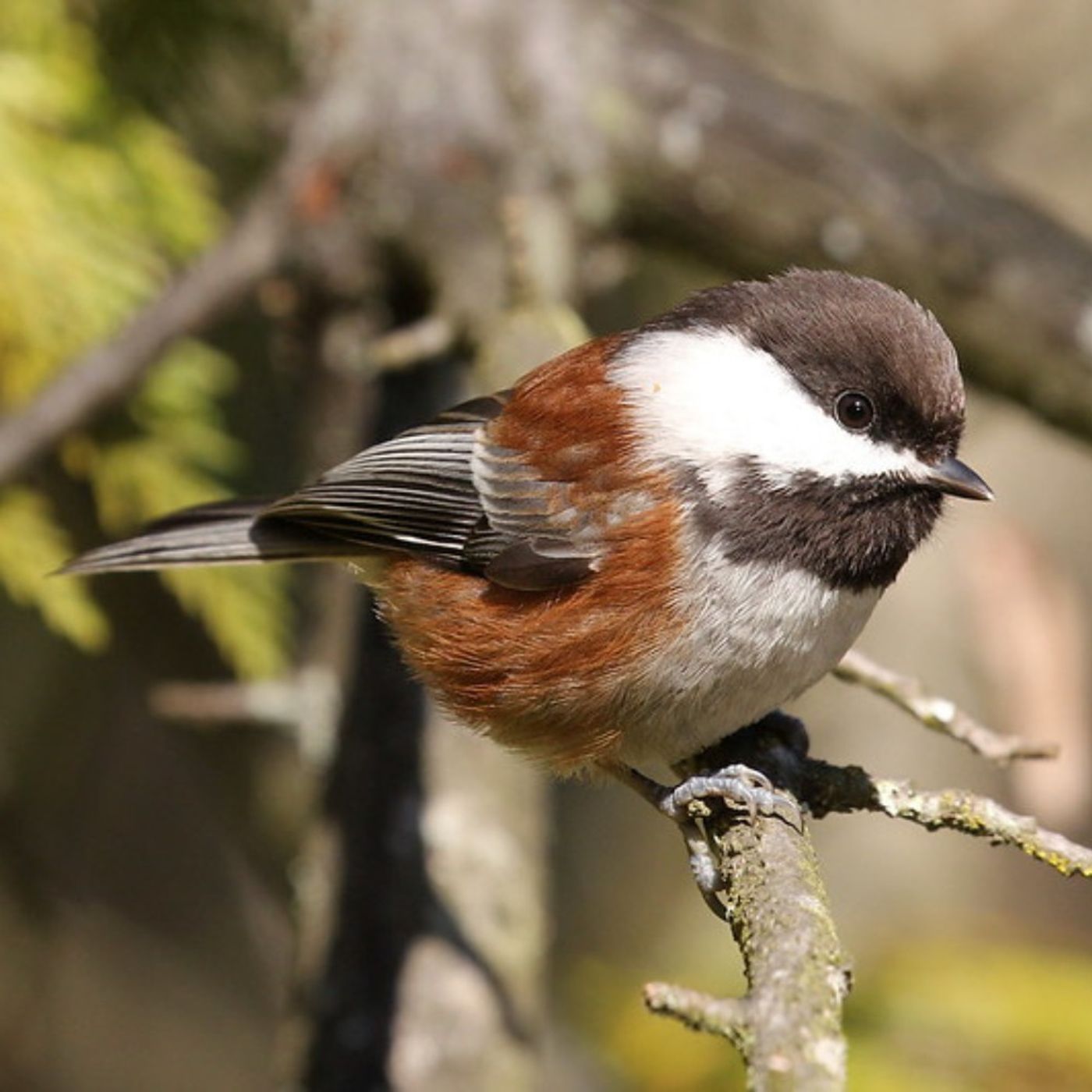
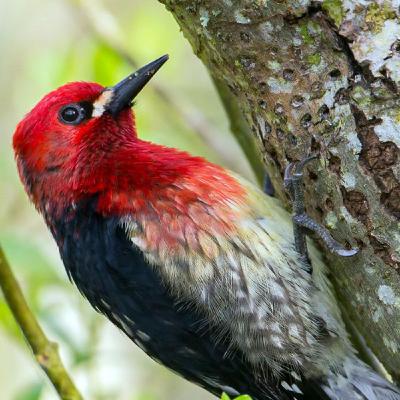
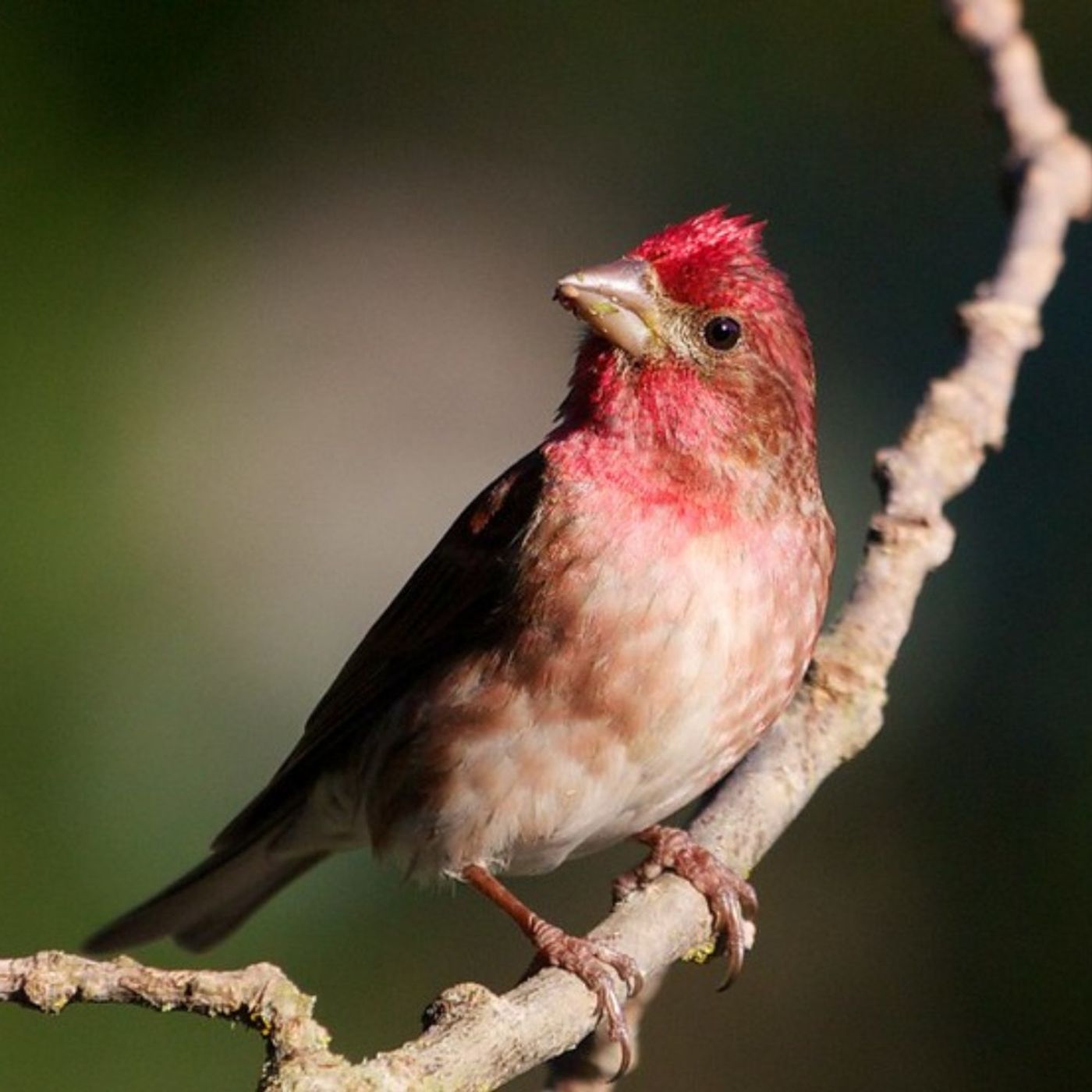
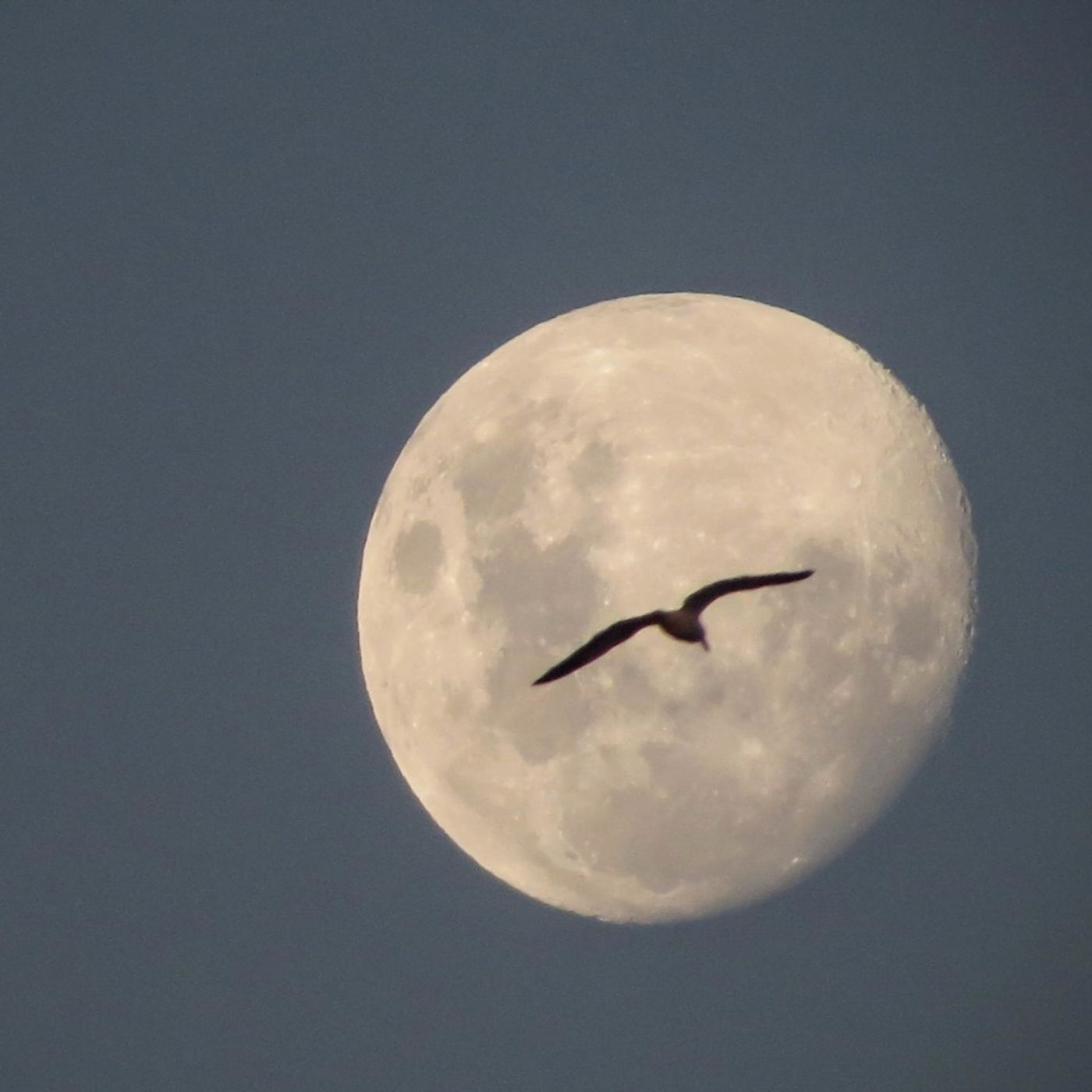
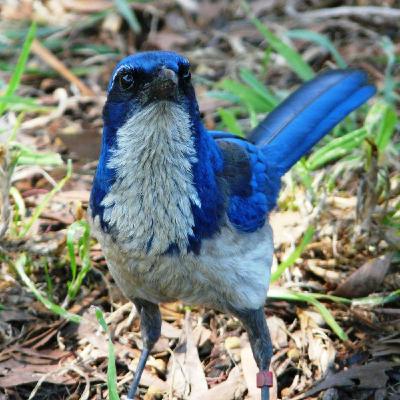
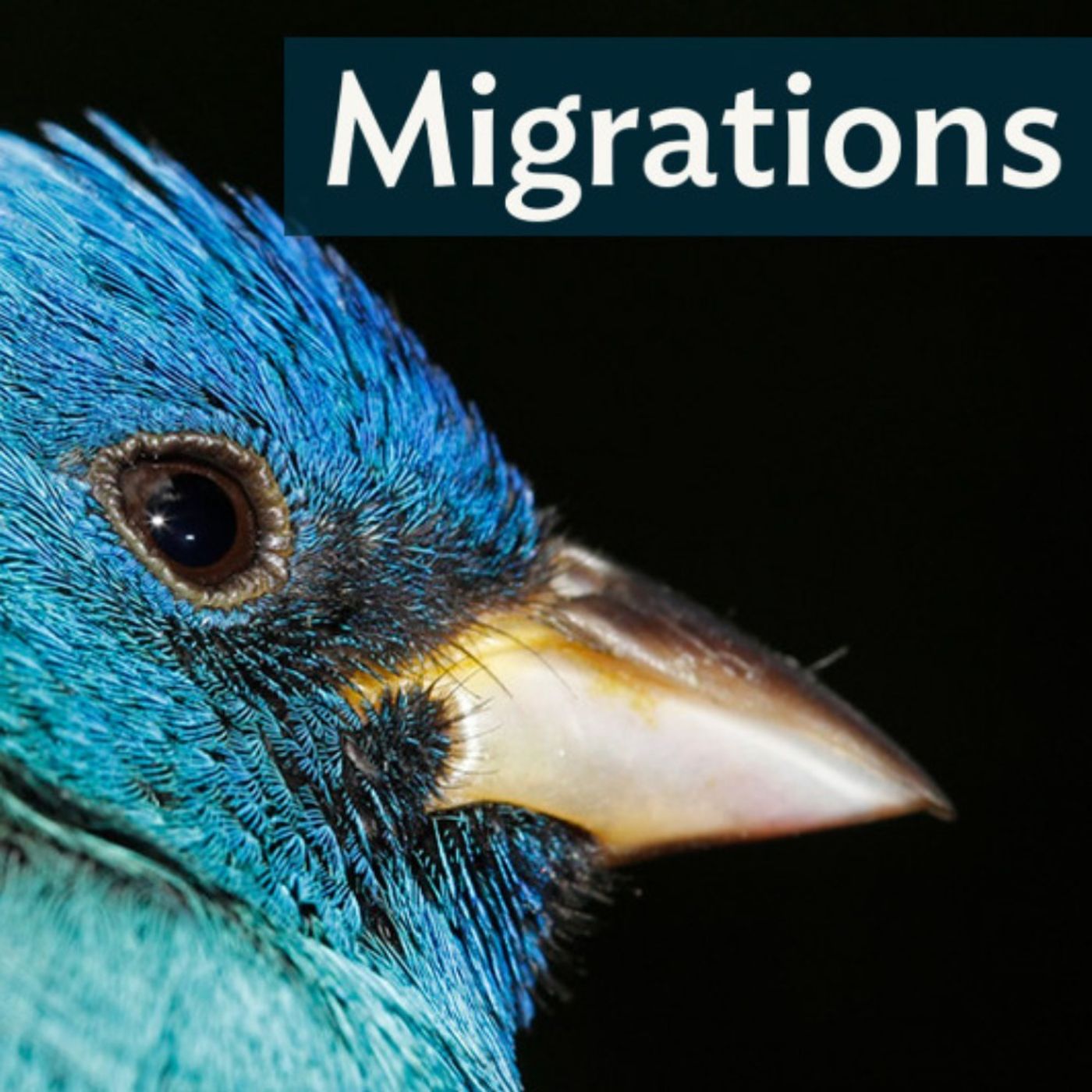
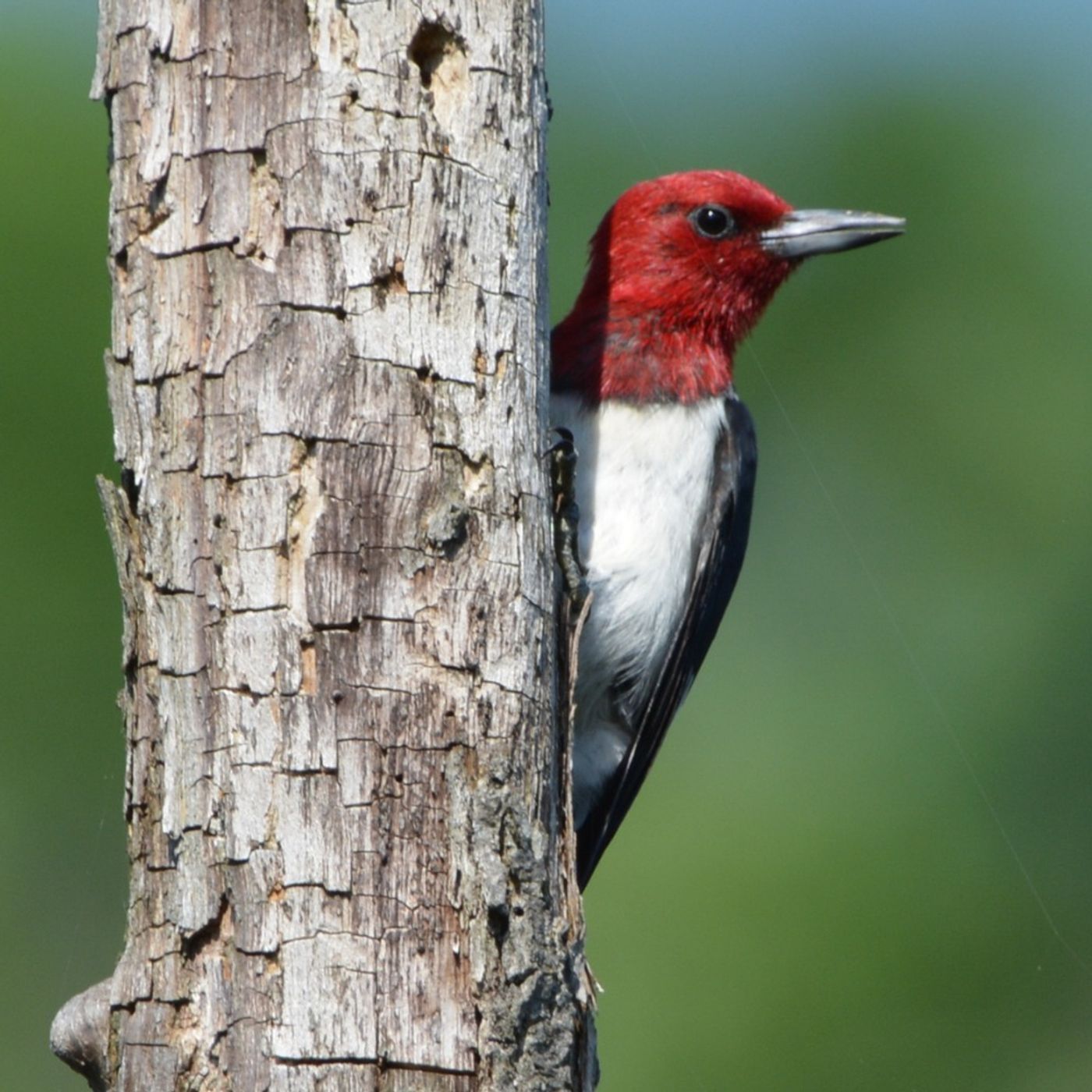
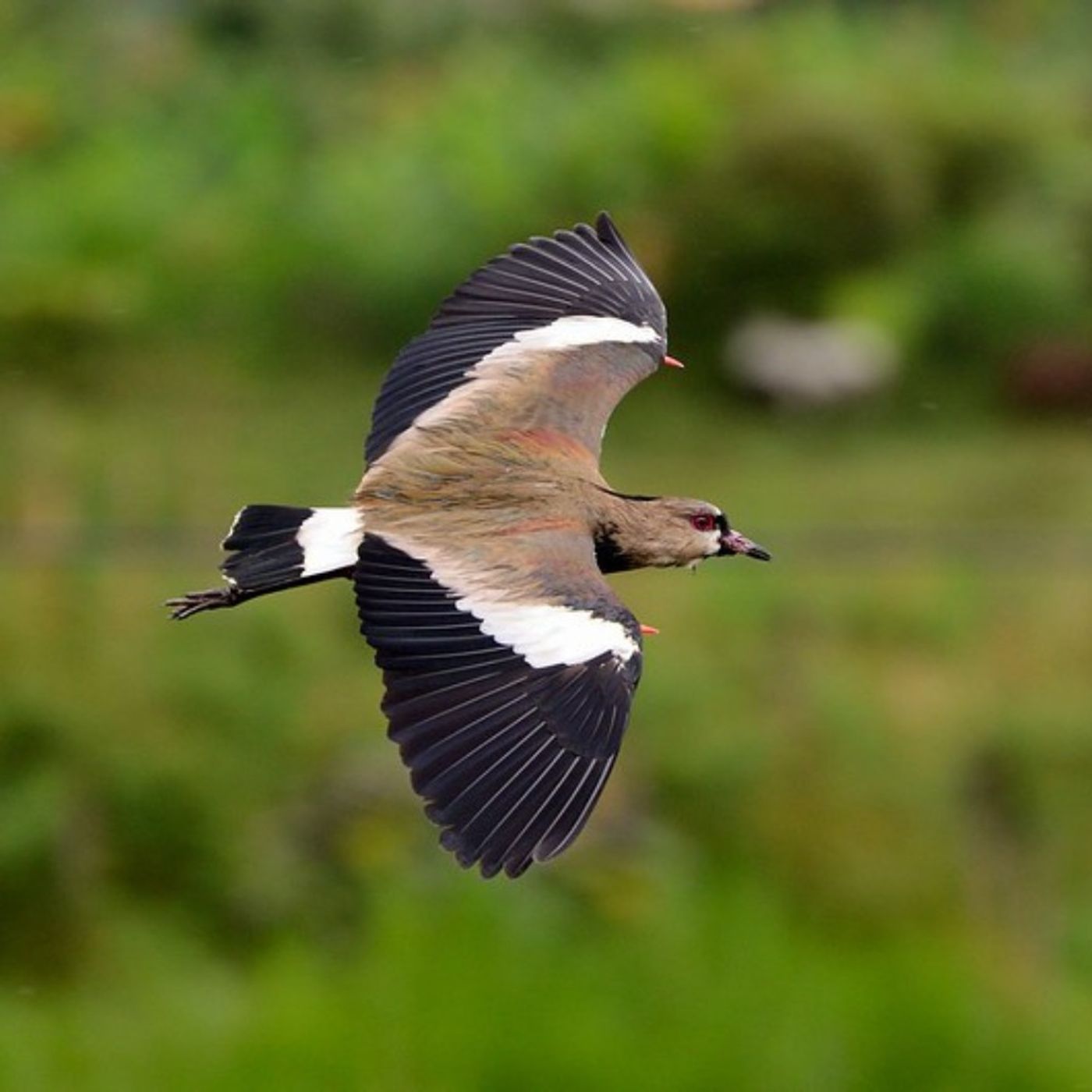



Concrete and Driveway Cleaning is important to keep your outdoor spaces looking neat and safe. Over time, dirt, oil stains, and mold can build up, making the surface look dull and slippery. Regular cleaning helps remove these stains and prevents damage. A clean driveway not only improves the look of your home but also makes it safer to walk and drive on. Whether using water, a brush, or a pressure washer, keeping your concrete and driveway clean is a simple way to maintain your home’s beauty and value.https://615softwash.com/concrete-and-driveway-cleaning
⭐⭐⭐⭐⭐ https://nativeplantfinder.nwf.org/ Find a US zip code on the same latitude, as you are. And you find trees + plants & animals etc. For every plant and tree. Enjoy the hunt. (^^,)
Yeps humans do it too. (^^,) From Republic of Tuva is what you hear last in this episode. AND you will find more here to watch. : https://m.youtube.com/watch?v=Mkm9N_T_mgk&list=PLFvjMOwDLtDC-Qk4DkviD9IYq_cb9GfiI&index=35&pp=gAQBiAQB8AUB ,Ohhh and this lady is a very good singer too. https://m.youtube.com/watch?v=Mkm9N_T_mgk&list=PLFvjMOwDLtDC-Qk4DkviD9IYq_cb9GfiI&index=35&pp=gAQBiAQB8AUB ENJOY And remember that all people do this, when they speak and sing.
Love this https://midhunp.com/
wow https://shalushaan.com
I love how creative and insightful these episodes are. Thank you
how lovely!
,
This podcast is wonderful & so informative. Thanks for sharing.